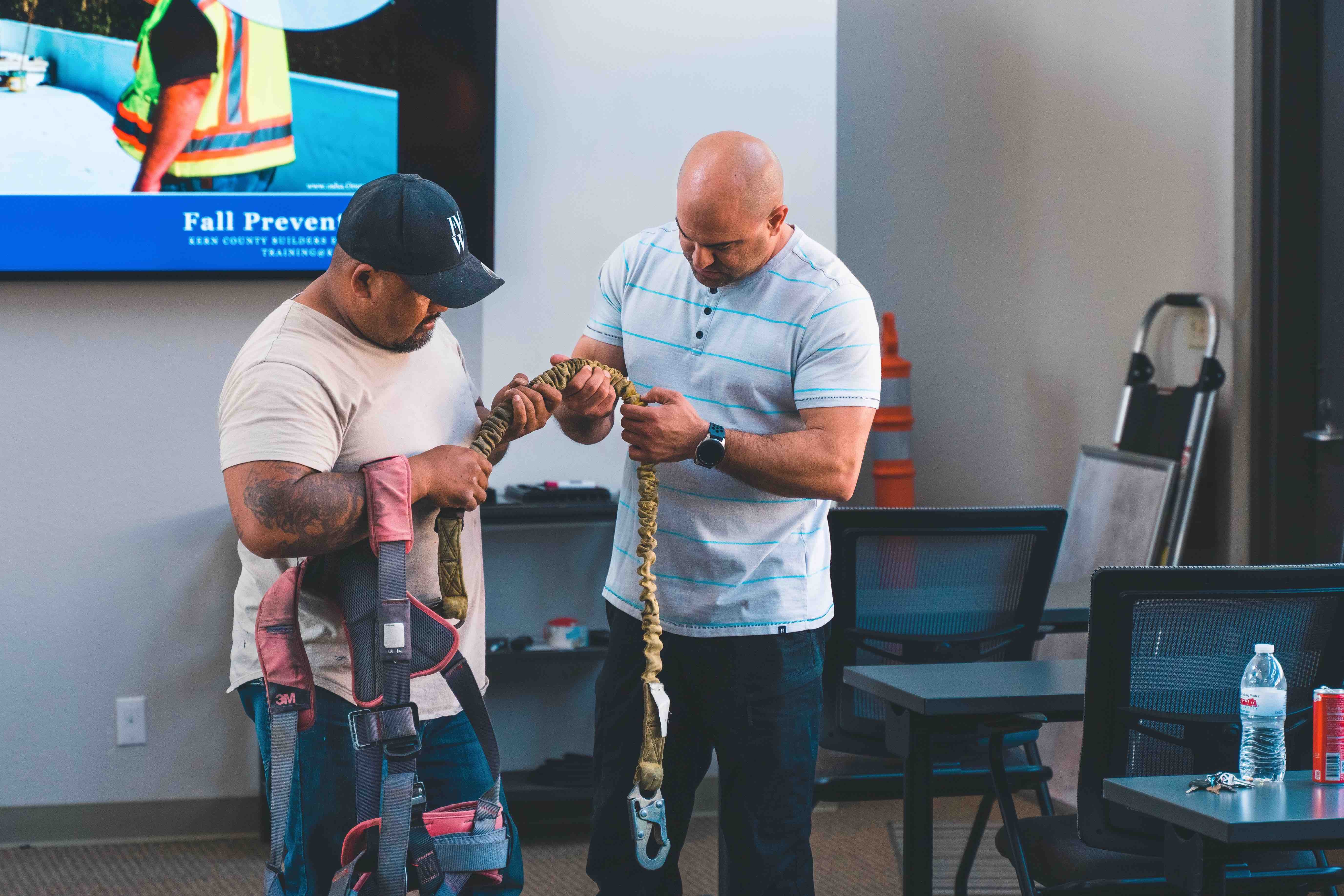4 min read
The Different Types of Fall Protection Solutions
Working at heights is unavoidable in many industries, including construction, maintenance, and telecommunications....
According to the U.S. Bureau of Labor Statistics (2020) there were 351 fatal falls out of 1008 construction fatalities. This makes falls the leading cause of death in the construction industry and one of the most important safety topics to cover.
A&H Safety and Environmental's California-specific training course will raise awareness of various fall hazards as well as the proper use of established safety measures. The training shall enable each employee to recognize the hazards of falling and shall train each in the procedures to be followed in order the minimize these hazards. The course also touches on differences between California’s specifications on protective structures and the existing federal guidelines.
A&H Fall Protection Training provides you with the information you need to protect yourself and your fellow workers from the safety hazards that lead to falls. You’ll learn fall protection standards and definitions, including the differences between prevention, restraint, and arrest.
This course was developed for construction and general industry workers who need to prevent falls at their workplace.
CalOSHA requires fall protection at 7 ½ ft., while Federal OSHA requires fall protection at 6 ft.
The A&H Fall Protection safety training satisfies fall protection guidelines set in Title 8 of the California Code of Regulations. This includes the written Fall Protection Plan (§1617.1), the requirements of fall protection (§1669-1672) and specifications of safety fixtures and openings in Subchapter 7 (§3209-3239).
by McKenzie Swisshelm
Working at heights is unavoidable in many industries, including construction, maintenance, and telecommunications....
Before any employee is exposed to a fall hazard, they must be trained in the following:
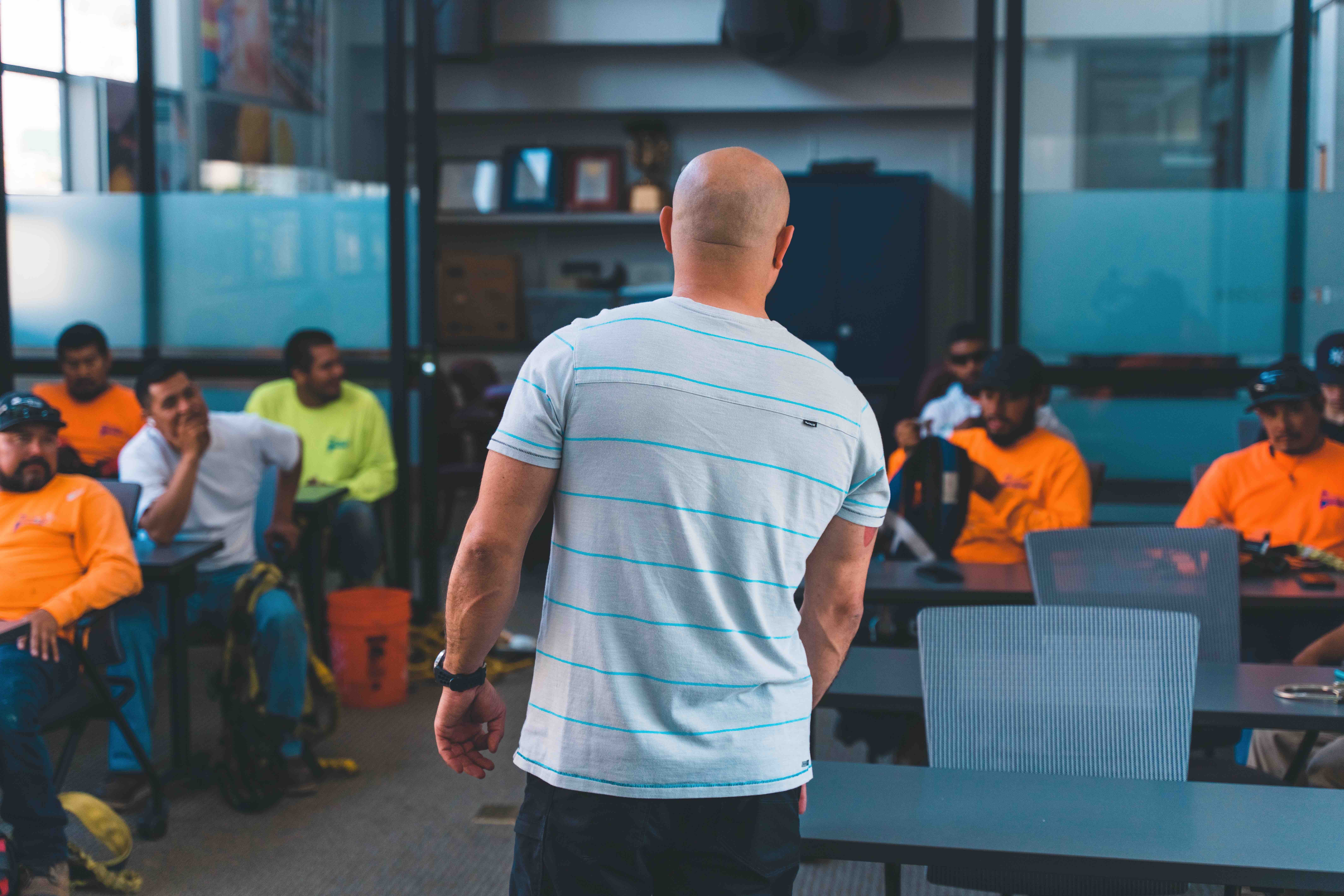
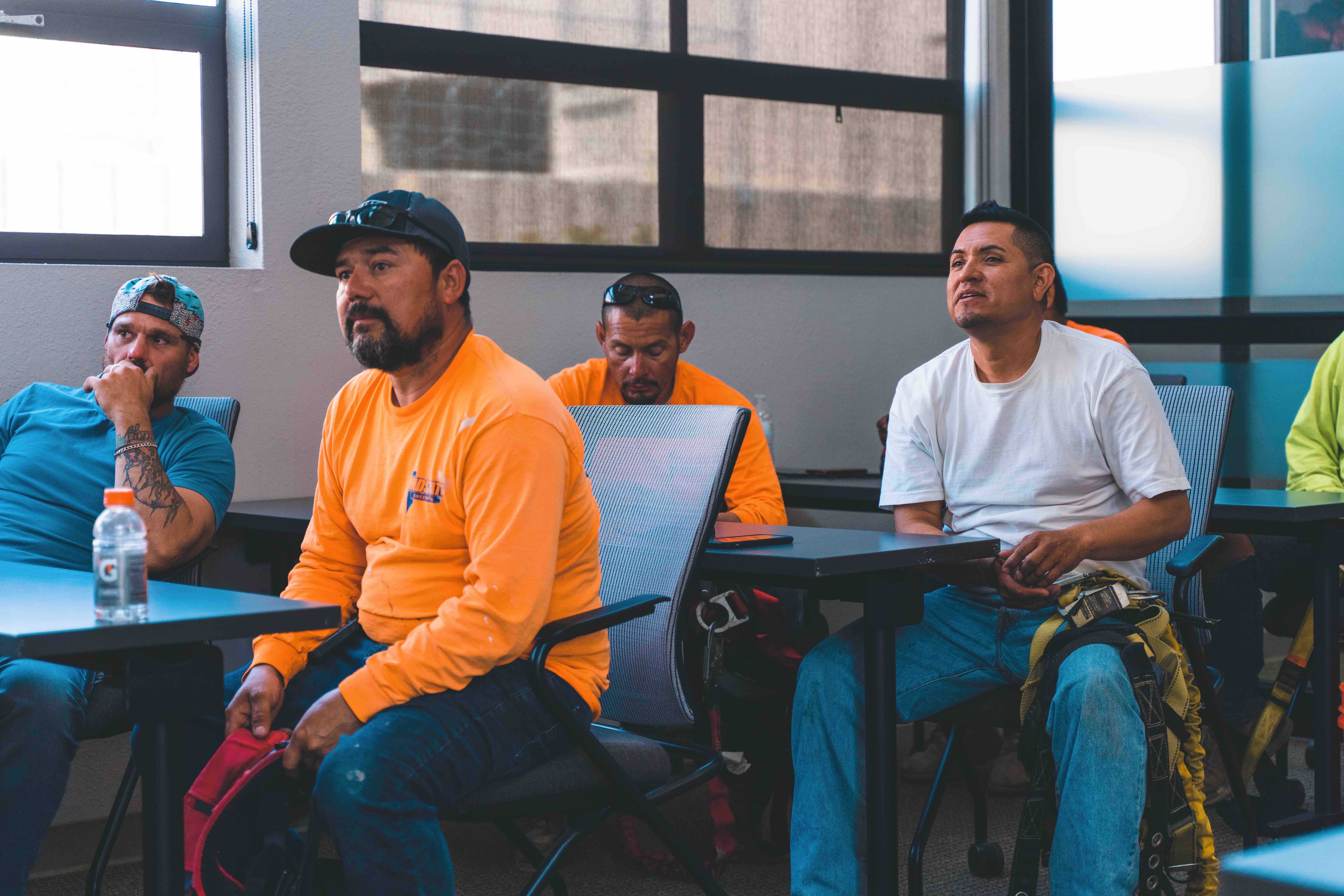
Construction falls are generally divided into two categories:
While falls on the same level generally result in relatively minor injuries, falls to a lower level frequently cause serious injury or even death. Most falls that occur on the same level are caused by tripping over an obstacle, while falls to a lower level often involve ladders, scaffolds, roofing work, elevated platforms, and more.
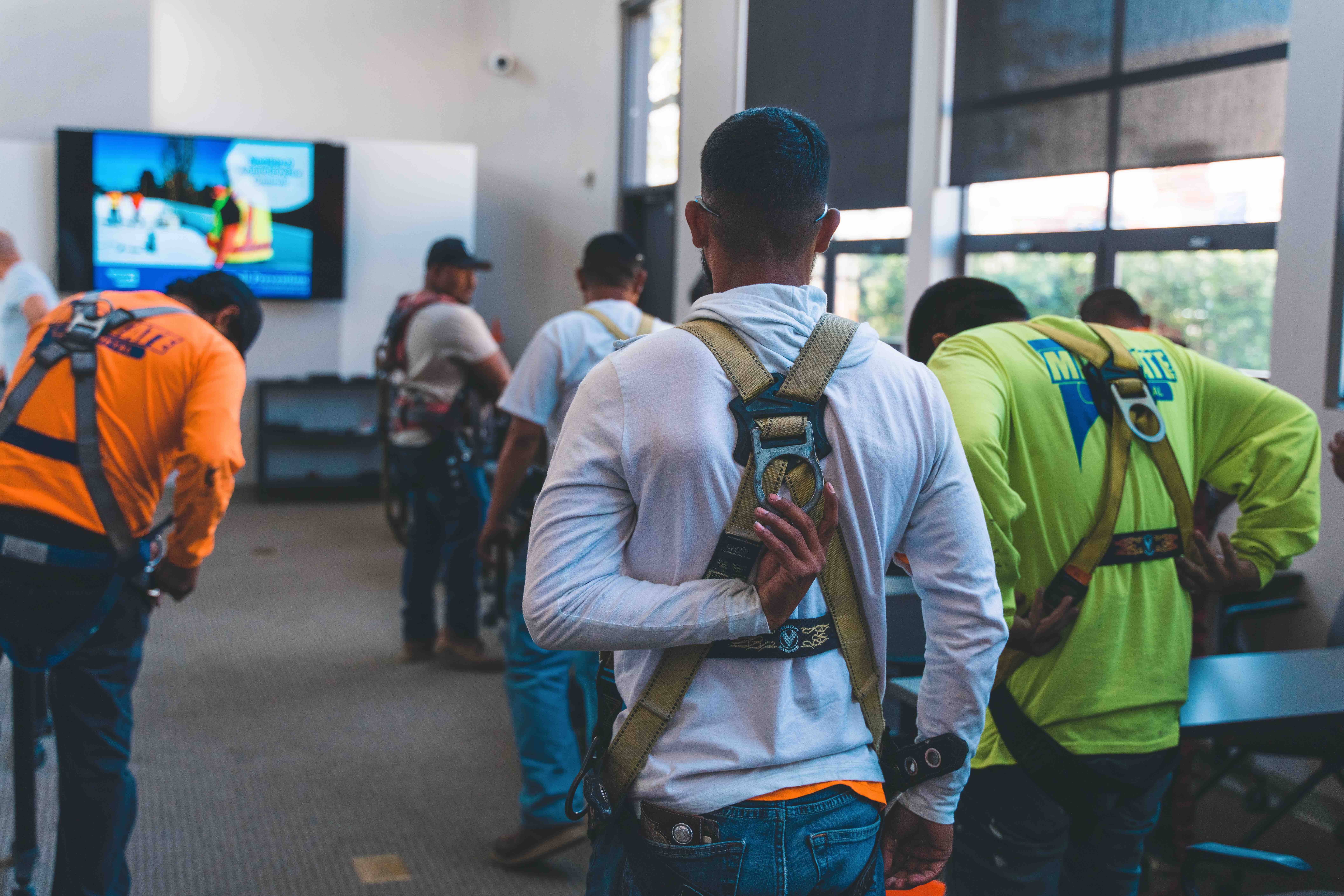
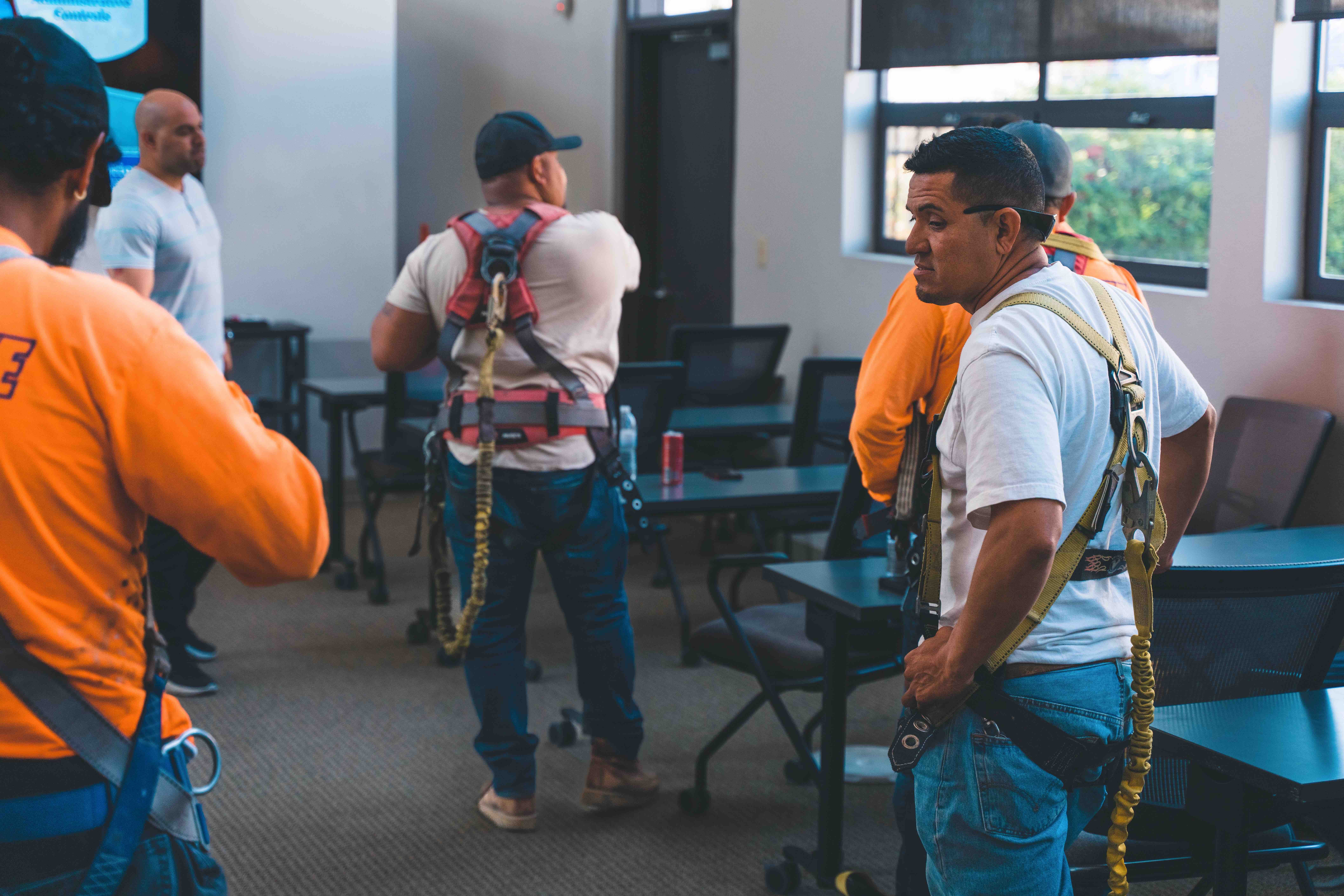

A personal fall arrest system (PFAS) is a series of constituents designed to arrest a worker’s fall, preventing them from striking the next lower level and minimizing the chances of death or serious injury. Before any employee uses a PFAS to protect them from falls, they must be trained in the following:
